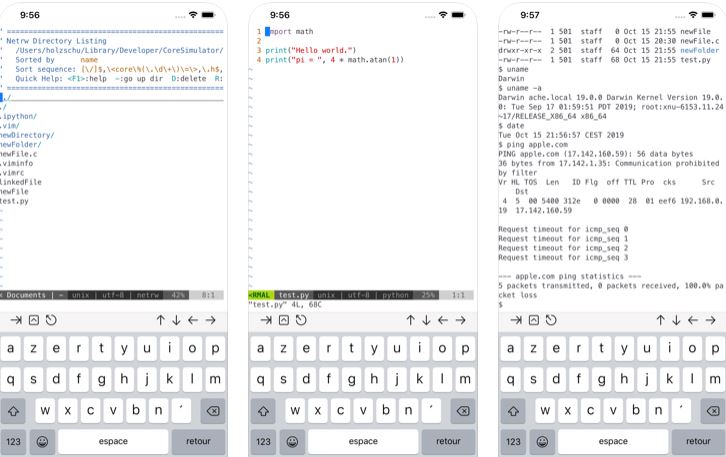

- RUN IOS EMULATOR ON MAC TERMINAL HOW TO
- RUN IOS EMULATOR ON MAC TERMINAL SIMULATOR
- RUN IOS EMULATOR ON MAC TERMINAL DOWNLOAD

destination 'platform=iOS Simulator,name=iPhone 8,OS=13.3' \ Where should be provided in the following form: TestTarget]

To execute a single unit test with xcodebuild use the -only-testing option and provide the unit test identifier. You can use the xcodebuild command to execute only a selected unit test. To run unit tests without building them from the command line, execute the following command in the Terminal window. I get the following result when I run the above command for my project. The above command will build all unit tests available in Xcode project PhotoApp.xcodeproj and will also run them. To build and run unit tests from the command line, execute the following command in the Terminal window on your Mac machine. The successful execution of the above command will build but not run Xcode Unit Tests.
RUN IOS EMULATOR ON MAC TERMINAL SIMULATOR
If you are not sure what Simulator name and OS version are available to use, then run the following command to get a list of destinations: instruments -s devices.
RUN IOS EMULATOR ON MAC TERMINAL DOWNLOAD
If you do not have a command-line tools package installed then you can download it from Apple Downloads Page.

If the machine you want to build and run Xcode tests does already have Xcode 11 installed, then most likely you do already have the command-line tools installed. To be able to build and test your project using the terminal window you will need to have the Command Line Tools package installed on your machine.
RUN IOS EMULATOR ON MAC TERMINAL HOW TO
SSH for direct communication with the SSH Daemon.In this tutorial, you will learn how to build and run Xcode Unit Tests from the command line.SSL/TLS support for secure communication.TN3270, TN5250, TNVIP, Telnet and Ggate communication to host.Glink brings you a high quality and proven emulator for your iPad, iPhone and iPod touch devices. Glink has emulations for the IBM 32 terminals, Bull Questar DKU7102, DKU7107 and DKU7211 terminals, Bull VIP7800, VIP7760 and VIP7700 terminals, and DEC VT420, VT320/340, VT220, VT102, VT100 and ANSI 3.64 terminals. Glink for iOS is used to access applications running on IBM, DEC, UNIX, Linux and Bull host systems.


 0 kommentar(er)
0 kommentar(er)
